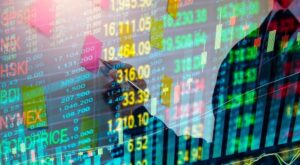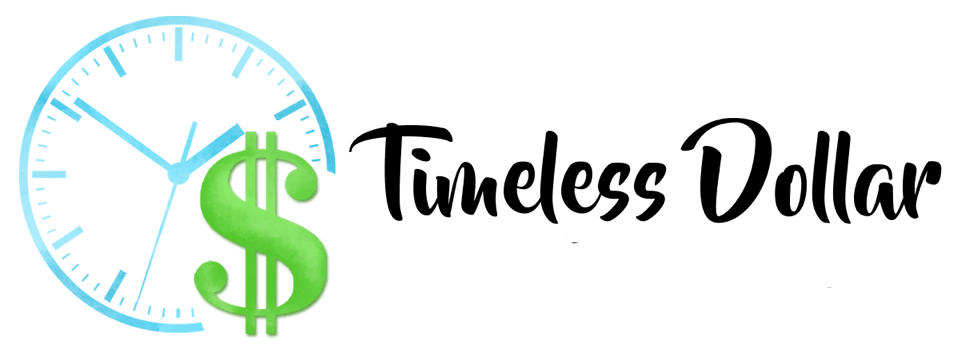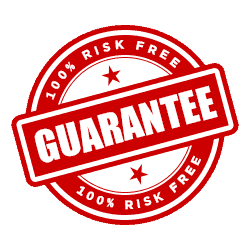
Since buying and selling stock is a key component of investing, it’s important for investors to understand trading terminology — especially the term “bid-ask spread.” If you have no idea what that means or how it affects your investment mix and overall portfolio, read on.
Bid-Ask Spread, Explained
The bid-ask spread represents the difference between the maximum a buyer will pay for shares in a stock and the minimum a seller will accept. Stock exchanges like the Nasdaq and New York Stock Exchange coordinate with brokers and stock specialists to establish a stock’s buying and selling price. It’s then the job of the stock exchange and the broker or stock specialist to assist in matching those bid and ask prices.
The asking price is what the broker or stock specialist, also known as the market maker, is willing to sell the security for, while the bid price is the amount the investor is willing to pay. These two prices are never the same, with the asking price usually higher than the bid price.
When you purchase a security, you’ll pay the asking price and when you sell a security, you’ll pay the bid price. The profit from the difference, or spread, pays both the market maker’s commission and other trading fees.
Bid-Ask Spread Example
Let’s say JPMorgan Chase wants to buy 500 shares of stock ABC at $20 per share, and Barclays Investment Bank wants to sell 1,000 shares of stock ABC at $20.50 per share. Since the spread is the difference between the bid and ask price, the spread is 50 cents.
An individual investor could then review this spread and know that if they want to sell 500 shares of stock ABC to JPMorgan Chase, they could do so at $20 per share. On the other hand, if they’re looking to buy 1,000 shares of stock ABC, they’ll see that they can do so from Barclays at $20.50 per share.
Supply and demand determine the size of the spread and the price of the security. The more investors that want to purchase a certain security, the more bids there may be. Simply put, more sellers will yield more asks and offers from investors.
Typically, most investors won’t see a big spread if they are trading high-profile and high-liquidity stocks. For example, a high-liquidity stock may have a bid price of $130.10 and an asking price of $130.15. This results in a bid-ask spread of 5 cents. Contrast that to a low-liquidity stock that doesn’t trade very often: In this case, you’re more likely to see a bid price of, say, $7 per share and an asking price of $8.25 per share, resulting in a $1.25 spread.
Because low-liquidity securities aren’t frequently traded, market makers may have to work harder to connect the buyers and sellers. For that reason, they may increase the price for investors in order to make up for the additional risk associated with the transaction.
Trade-Execution Obligations
 When an investment firm places a bid or an ask and then receives an order, by law they must fulfill it. Using the example above, if JPMorgan Chase places a bid for 500 shares of stock ABC and a seller places a sale of 500 shares of ABC, JPMorgan Chase has to execute the transaction. This is also true for the asking price.
When an investment firm places a bid or an ask and then receives an order, by law they must fulfill it. Using the example above, if JPMorgan Chase places a bid for 500 shares of stock ABC and a seller places a sale of 500 shares of ABC, JPMorgan Chase has to execute the transaction. This is also true for the asking price.
While retail investors are at the mercy of supply and demand, individual investors should be mindful of the security’s profitability. If an investor decides to buy or sell a security, they should be confident that the price will advance such that they will make a profit.
Let’s say an investor wants to purchase a stock with a bid price of $9 and an asking price of $11. If they’re fairly certain that the price will increase to at least $12 per share, they would make $1 per share on the transaction. To take that example up a notch, imagine that the investor is confident the price will rise much higher, to $24 per share. This would yield a profit of $13 per share and a significant profit for the investor.
Types of Security Orders
If you want to take advantage of a bid-ask spread, you can do so by exercising different trade orders, which the market maker places. Below are a few types of orders you may want to consider when trading.
- Market order: A market order is a buy or sells trade order that is executed immediately, typically at or near the bid or ask price. But security prices change all the time, so there is no guarantee that you’ll receive the initial bid or ask price. As an investor, the only guarantee you get is that the order is placed.
- Limit order: Limit orders allow investors to buy or sell a security at a certain price or better. For instance, if you want to place a buy limit order for $30 per share of stock ABC, the order only executes when the stock price reaches $30 per share or less.
- Stop order: A stop (or stop-loss) order is an order to buy or sell a security once it reaches a specified price. Once a stock reaches this “stop price,” the order takes place.
- Buy-stop order: This is a trade order used to minimize a loss or protect an existing profit. A broker will hold a buy order until the market reaches a stop price, and only then will the order take place. The buy-stop price is always set above the existing market price.
- Sell stop order: The opposite of a buy stop order, a sell stop order executes at a stop price that is lower than the current market price for the security. Like buy-stop orders, they are often used to limit the loss on a stock or to protect current profits.
The Bottom Line
 Remember that each investment strategy comes with its own set of risks and rewards. Before you purchase or sell any security, make sure the transaction aligns with your financial goals and objectives. Also, it’s a good idea to familiarize yourself with investing lingo and how it applies to your portfolio. If you don’t, it might end up costing you.
Remember that each investment strategy comes with its own set of risks and rewards. Before you purchase or sell any security, make sure the transaction aligns with your financial goals and objectives. Also, it’s a good idea to familiarize yourself with investing lingo and how it applies to your portfolio. If you don’t, it might end up costing you.
Enroll in my FREE Course to learn how to avoid the tricks and traps that cause day traders to make costly mistakes.


